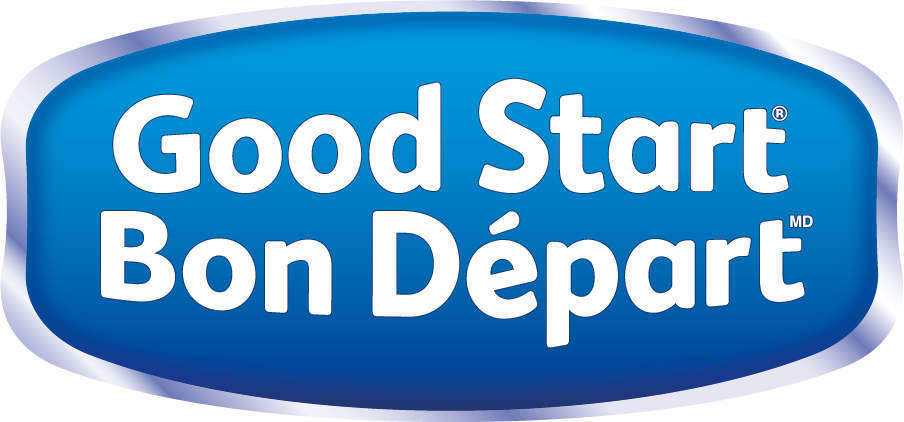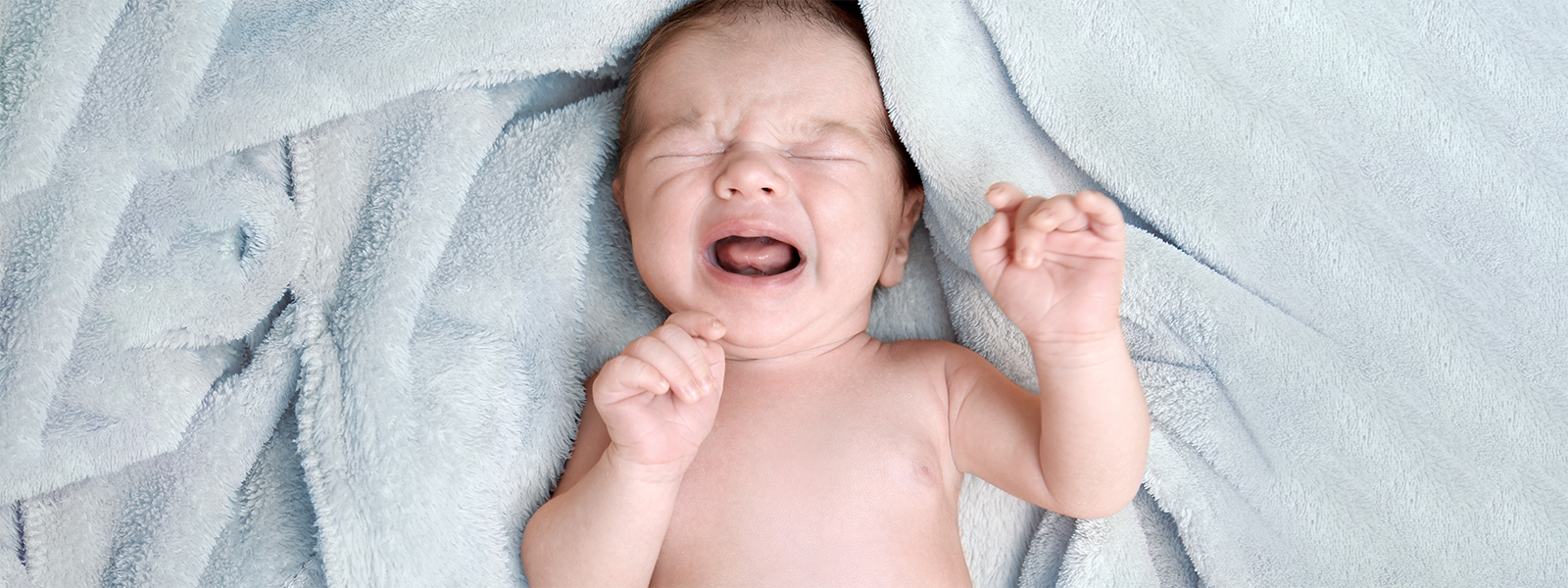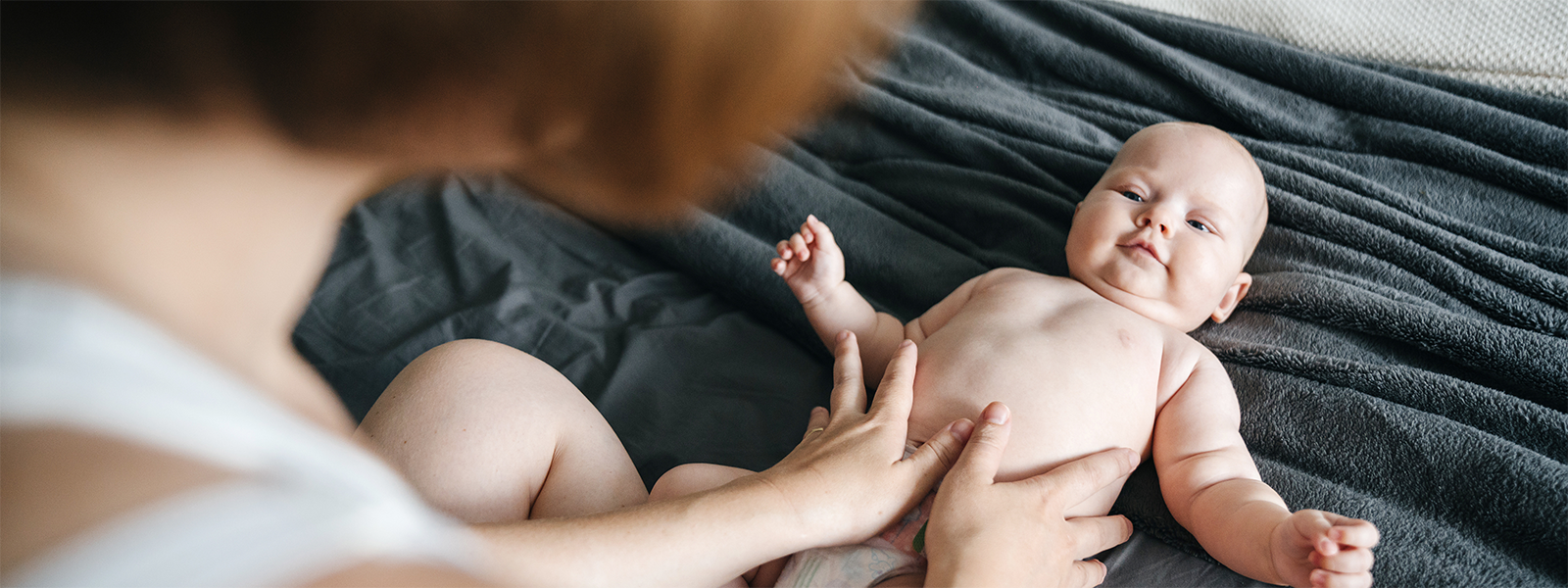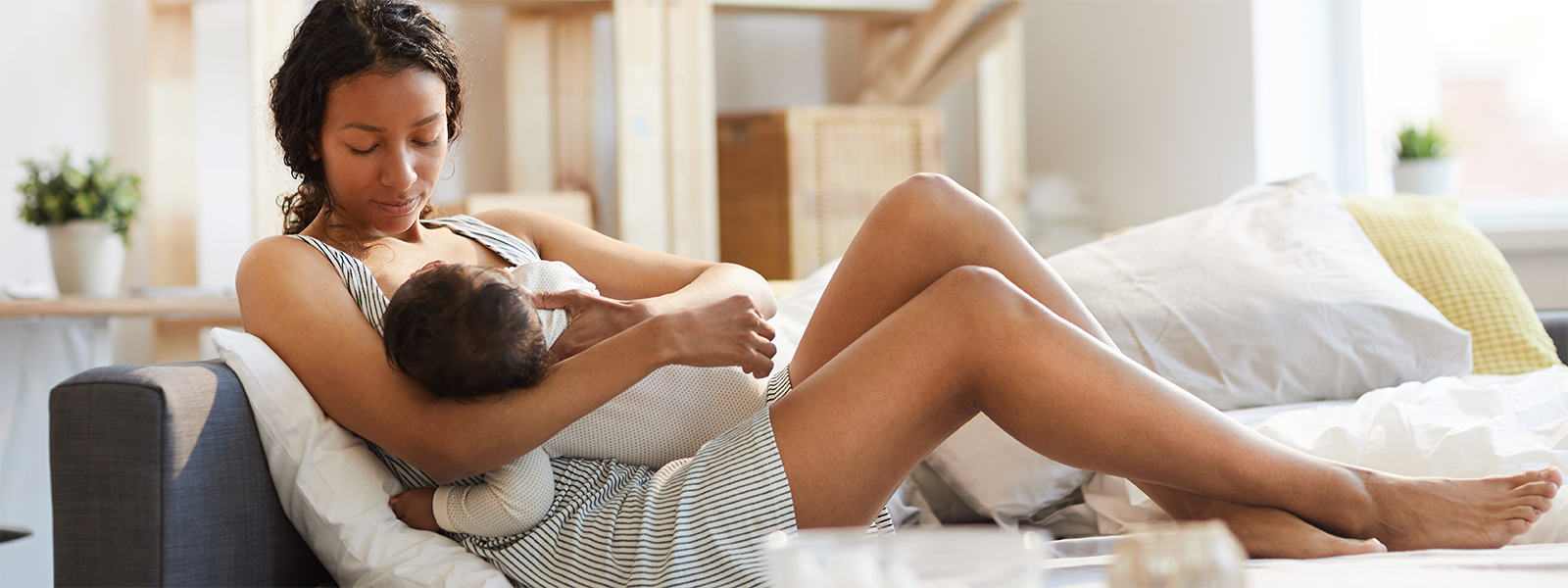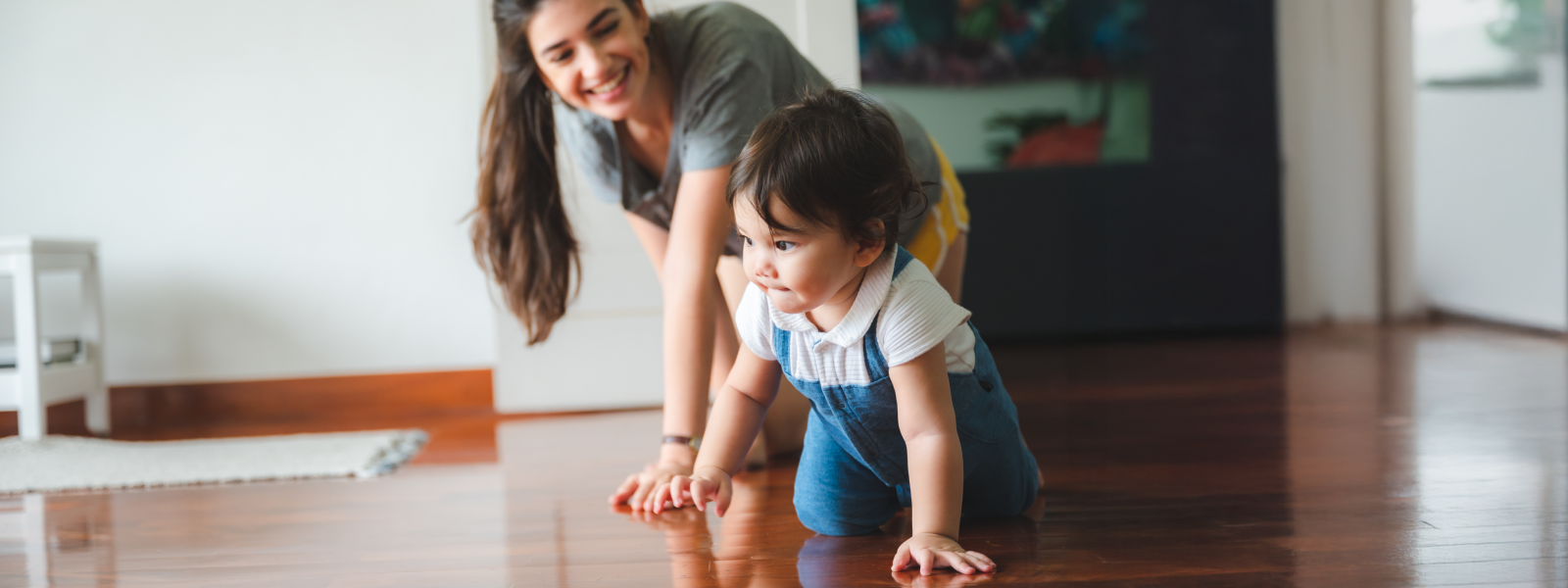By months nine or ten, you’ll notice how quickly your little one is developing. They’re exploring the world in new ways and showing off their growing motor skills. It’s an exciting time, and it’s easy to get caught up in these big, beautiful moments. But amid all the changes, don’t overlook physical activity! Incorporating active play into your baby’s daily routine helps lay the foundation for a healthy, active lifestyle as they grow.
Health benefits and beyond
Being physically active every day is essential for your baby’s healthy growth and development. It provides many benefits, including:
- Building strong bones.
- Boosting their mood and self-esteem.1
- Supporting their heart and lungs.
- Improving their flexibility.
The Canadian Paediatric Society recommends that infants should be physically active several times a day, including at least 30 minutes of supervised tummy time, which helps baby build the muscles they need to sit and crawl.1
When your baby becomes a toddler, they should reach 180 minutes of physical activity throughout their day, including structured and unstructured activity. Starting now will make the transition smoother.
Tips for encouraging active play
Here are four easy ways to keep your baby active and engaged.
1. Flex those muscles: Encourage your little one to be physically active throughout the day. The good news is that you don’t need fancy toys or equipment. Spending supervised time on the floor together, while baby crawls, rolls, and reaches for toys, will get those tiny muscles working!
2. Wiggle and wriggle: Try not to let your baby sit in the same position in a stroller, car seat, or highchair for too long. You want to keep them moving as much as possible, so aim for small, frequent bursts of play throughout the day.
3. Drink up, cutie pie: Active play can make your baby thirsty, so encourage sips of water throughout the day. Teach them good habits by drinking water alongside them.
4. Snooze on: A well-rested baby is a more active baby. At 10 months, your little one should be sleeping 12-15 hours in a 24-hour period, including naps.2 This will give your baby the energy they need to move and explore.
Top takeaways
By making physical activity part of your baby’s day through play and supervised movement, you’re helping them build strength, flexibility, and confidence—and setting them up for a healthy, active future.
1 Canadian Paediatric Society, Caring for Kids. Physical activity for children and youth. Accessed April 2025. https://caringforkids.cps.ca/handouts/healthy-living/physical_activity
2 Canadian Paediatric Society, Caring for Kids. Healthy sleep for your baby and child. Accessed April 2025. https://caringforkids.cps.ca/handouts/healthy-living/healthy_sleep_for_your_baby_and_child

